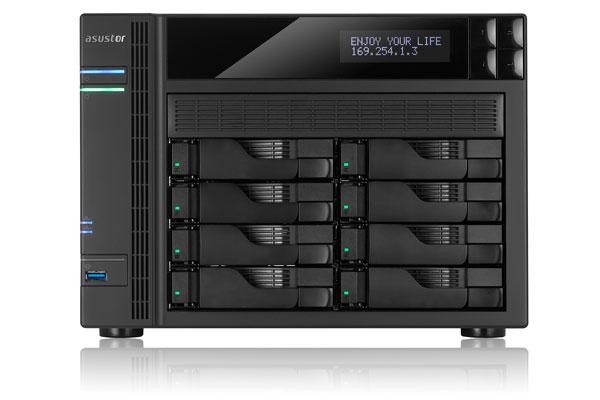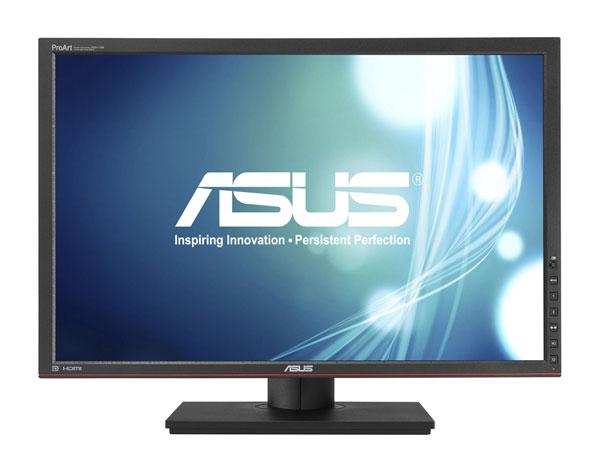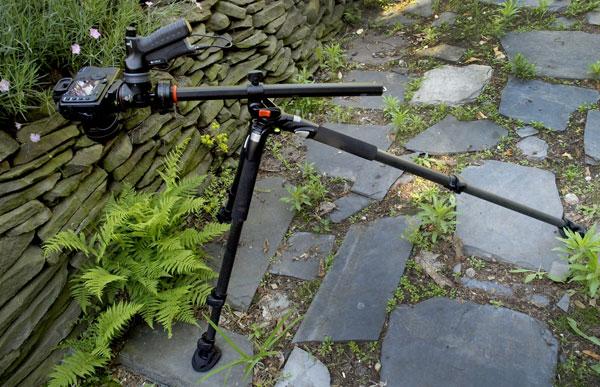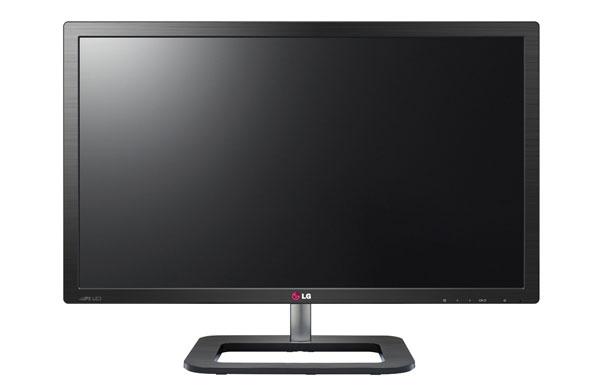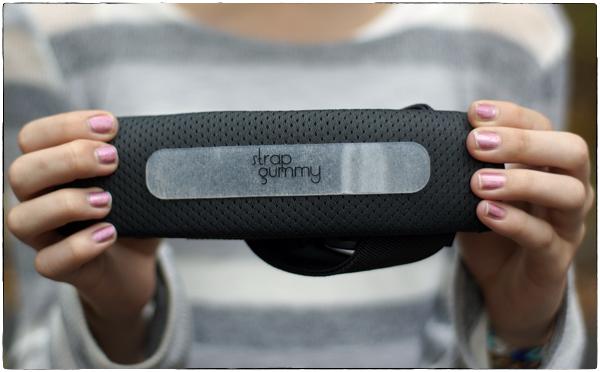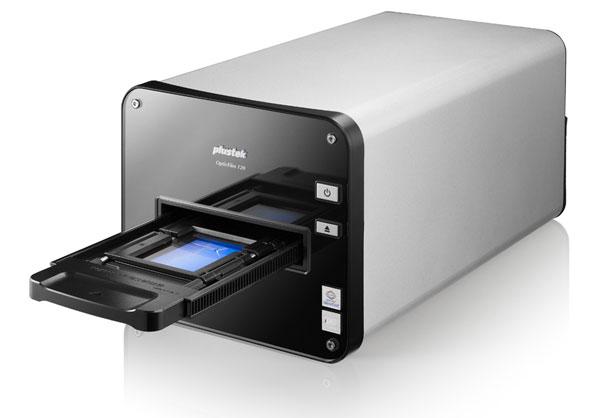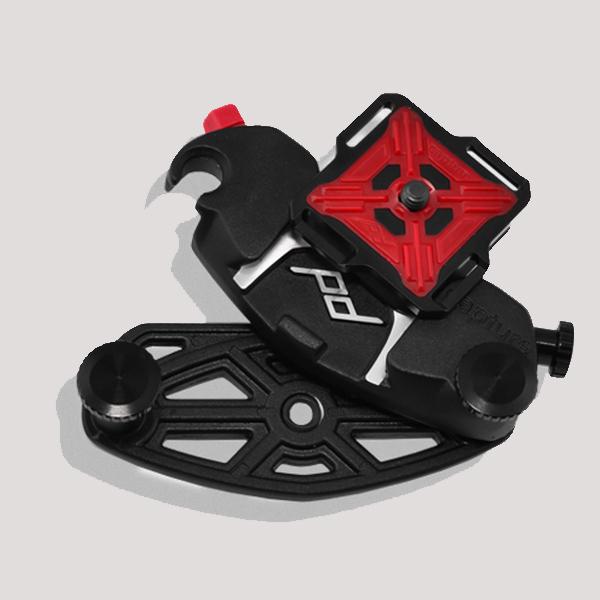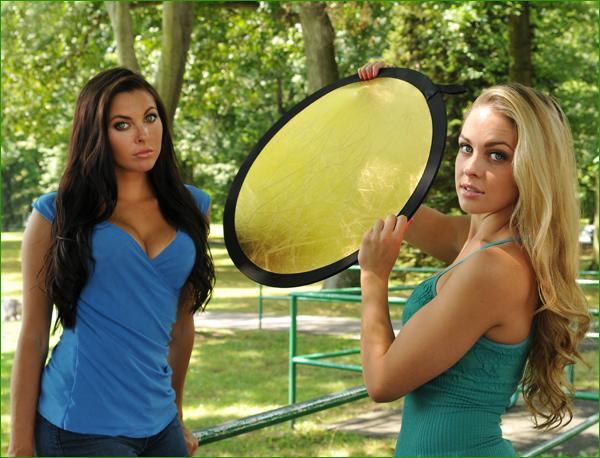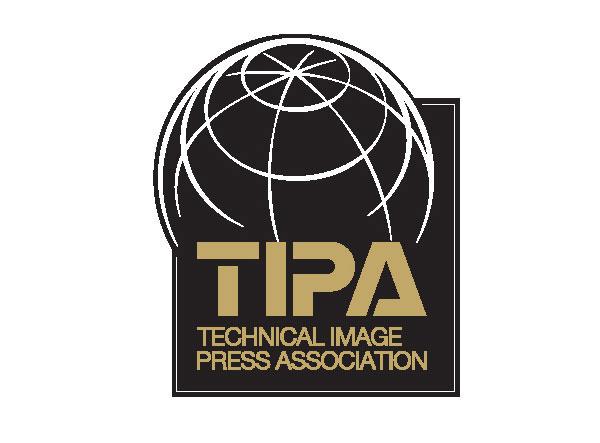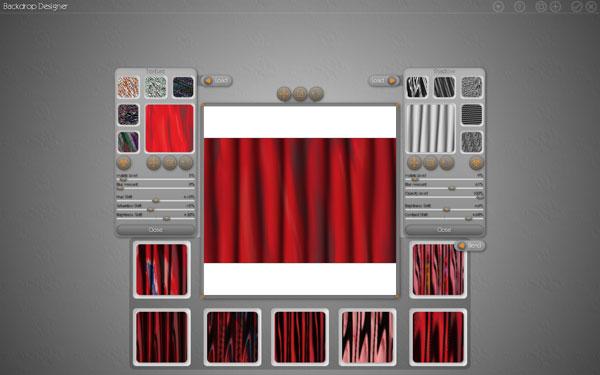|
May 23, 2014 |
First Published: Apr 01, 2014 |
|
May 27, 2014 |
First Published: Apr 01, 2014 |
|
Jan 21, 2014 |
First Published: Dec 01, 2013 |
|
Dec 06, 2013 |
First Published: Nov 01, 2013 |
|
Dec 13, 2013 |
First Published: Nov 01, 2013 |
|
Dec 24, 2013 |
First Published: Nov 01, 2013 |
|
Dec 27, 2013 |
First Published: Nov 01, 2013 |
|
Oct 23, 2013 |
|
Nov 01, 2013 |
First Published: Oct 01, 2013 |
|
Nov 08, 2013 |
First Published: Oct 01, 2013 |
|
Nov 19, 2013 |
First Published: Oct 01, 2013 |
|
Sep 19, 2013 |
|
Aug 04, 2013 |
Compact Camera NewsCompact Camera ReviewsDSLR NewsDSLR ReviewsLens NewsLens ReviewsLighting NewsLighting ReviewsPhoto Accessory NewsPhoto Accessory ReviewsPhoto Bag NewsPhoto Bag ReviewsPhoto Paper NewsPhoto Paper ReviewsPOV Camera NewsPOV Camera ReviewsPrinter NewsPrinter ReviewsSmartphone NewsSmartphone ReviewsSoftware NewsSoftware ReviewsTripod NewsTripod ReviewsVideo Camera NewsVideo Camera Reviews
|
Jun 28, 2013 |
First Published: May 01, 2013 |
